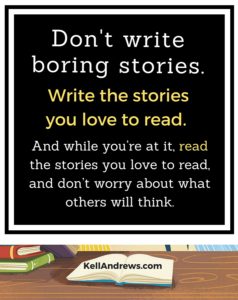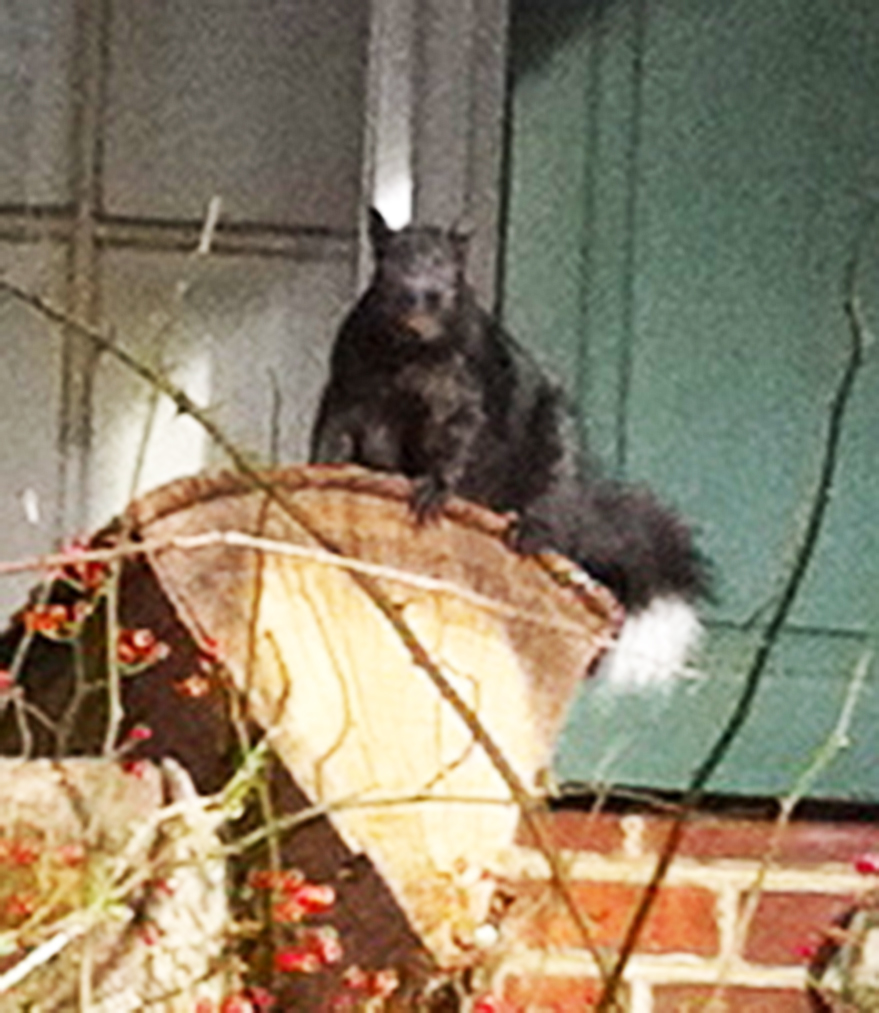Today on BN Kids blog, I share a story on their Open Mic, along with six other kidlit writers.
http://www.barnesandnoble.com/blog/kids/7-awesome-picture-book-authors-share-personal-stories/

Today on BN Kids blog, I share a story on their Open Mic, along with six other kidlit writers.
http://www.barnesandnoble.com/blog/kids/7-awesome-picture-book-authors-share-personal-stories/
 I was featured as the Author Spotlight on Kidlit411 on July 1. Here’s the Q&A. You can read the full post at Kidlit411.
I was featured as the Author Spotlight on Kidlit411 on July 1. Here’s the Q&A. You can read the full post at Kidlit411.

I’m a Belmartian by marriage, which means I claim the beach town of Belmar, NJ, as a home. During Superstorm Sandy, Belmar’s boardwalk was destroyed, and many homes were damaged or demolished.
My beach town was on my mind when I was looking for a picture book idea, and it combined with a line from a Bruce Springsteen song, “Asbury Park, Fourth of July (Sandy).” “Did you hear the cops finally busted Madam Marie for tellin’ fortunes better than they do.”
Sandy, storms, boardwalks, fortune tellers — they all came together in Mira Forecasts the Future, the story of the daughter of a boardwalk fortune teller who can’t see the future with magic, so she learns to predict the weather with science.
Mira learns about weather, and this book is the story of a girl who saves a surfing contest and the day. It doesn’t take place in the present or in the past, despite Lissy Marlin’s gorgeous Boardwalk Empire inspired ilIustrations, but somewhere in between.
It doesn’t take place in New Jersey — it could be Coney Island, Santa Cruz, or any beach town. Boardwalks and beach towns seem like tourist traps to those visiting, but there are real people who live there. I wanted to capture a warm small-town environment — flavored with salt water taffy and pizza by the slice, soundtracked by calliope music and the crash of waves.
When I was a kid I loved making paper fortune tellers. I wrote the fortunes. I folded and colored the paper myself. I tried to use a paper device I made myself to predict the future.
My children do the same thing now. They know, as I did, that the fortunes you write yourself aren’t real clairvoyance. But the fortunes you write do give hints about what is possible — what you wish and fear.
That’s one of the reasons I wrote Mira Forecasts the Future. To make a dream come true, you have to think about it and work toward it. You have to make it happen.
But first you have to dream it. You have to believe it — and you have to know it’s possible for you.
Read the rest of the post at Reviews Coming at YA >>
Proof that I am not my books: We are often seen at the same place at the same time.
I put a lot of myself into the books I write. The characters come out of my head — the protagonists, antagonists, comic relief, parents good and bad, the passerby on the street who only has one line. But they are not me.
The dialogue comes from my head — philosophizing, wisecracking, both sides of an argument. But it’s not what I would say.
The writing, rewriting, querying, submission, editing, and marketing of a book takes a lot of time, emotion, and thought. There is a lot of my life and myself in my books. I have a creative vision, and it comes out in my books. But they are not me.
This post appeared as part of Middle Grade Month on Diversity in YA, a blog founded by YA authors Malinda Lo and Cindy Pon in 2011 to support diverse literature.
Deadwood, my middle-grade mystery, takes place in a diverse town, like communities I based it on and where I’ve always lived. Culture is not central to the story, which is about two seventh graders who must lift a curse on a tree to save their town from growing disaster, but I wanted to include diverse characters to reflect the reality I pictured.
Still, I was intimidated about writing someone from another culture, so I decided to hedge a little. When I began the novel, the main character of Martin had a Puerto Rican dad but was raised by his white mother and grandmother. I thought if he was raised in my own culture, I had the right to write him.
The story is not about the ethnic background, and it’s been said that Martin “just happens to be” Puerto Rican. But it didn’t just happen to him, just as my other main character, Hannah, doesn’t “just happen to be” white. I decided that these would be the characters, and I grew their voices, personalities, and backgrounds. It didn’t just happen.
As I wrote the story, my understanding of the character changed. Although Martin’s ethnic background isn’t central to the progression of the plot, I realized it IS central to Martin himself. He asserted himself and his identity as I wrote, so I changed his heritage to fit. His mother, grandmother, and aunt became Puerto Rican too, and that changed the threads of the story and his character. Martin holds his cultural identity very close, reflective of his feelings for his mother and abuelita.
There’s no such thing as culturally generic books, but we need them.
On May 1, 2014 right as #weneeddiversebooks was officially kicking off, SLJ published a list of Culturally Diverse Books Selected by SLJ’s Review Editors. SLJ wrote, “These books are those in which the main character(s) ‘just happen’ to be a member of a non-white, non-mainstream cultural group. These stories, rather than informing readers about individual cultures, emphasize cultural common ground.”
While culturally generic is not a term I love, it is established in literacy and education. Rudine Sims Bishop coined the term as part of a framework of multicultural literature for librarians and educators in Shadow and Substance: Afro-American Experience in Contemporary Children’s Literature (NCTE, 1982). The now-ubiquitious metphor of “windows and mirrors” is hers. She defined the categories of “culturally specific” — containing details that define the characters as members of a particular cultural group and “culturally generic” — representing a specific cultural group, but with little culturally specific information. (Companion Website for Elementary Children’s Literature: The Basics for Teachers and Parents, 2/e , Nancy A. Anderson)
But is The Thing About Luck by Cynthia Kadohata or Yaqui Delgado Wants to Kick Your Ass by Meg Medina — two of SLJ’s listed titles — really culturally generic? Could these stories happen to any child, of any race? I don’t think so. If you put Summer in Medina’s book and Piddy in Kadohata’s, the stories would not be the same. Summer and Piddy don’t “just happen to be” Japanese-American or Puerto Rican — it’s an essential part of their identity and the story. Good stories and characters are always specific.
But yes, as the “culturally generic” label indicates, these stories are supremely relatable for young readers. Readers of all kinds need diverse books because they are not windows or mirrors, but both at the same time. As KT Horning wrote in response to the SLJ list, characters by Kwame Alexander and Varian Johnson are viewed as culturally generic because they are writing from the inside: “more Us than Other. They have invited readers to stand on their own bit of cultural common ground for a while.”
Much of the time, culture is the framework we live inside — we don’t always see it, but it doesn’t “just happen” to characters of color — or to white characters either. White is the default in the United States. It is almost always seen as culturally generic, but it isn’t. It’s the culture that many writers write and readers read within seeing it because it’s ground they’re standing on.
“Culturally generic” books — as problematic as the term is — do the same. They are the fantasies, mysteries, romances, coming of age, and science fiction books where readers can see diverse characters like and unlike themselves doing more than explore culture. They expand the cultural common ground.
I wrote Martin as a skinny, wild-haired, Puerto Rican kid and Hannah as a tall, blonde, white one. Neither is culturally generic. Diversity in children’s books requires a decision by writers, readers, publishers, booksellers, and librarians to create and share books on that expanded common ground. Whether writers and readers experience diverse characters or only a homogenous world, it doesn’t “just happen.” It’s a decision.
It’s Middle Grade Month on Diversity in YA, and I’ll be posting there with some amazing authors, like Jacqueline Woodson, Sarwat Chadda, Crystal Chan, Coe Booth, Sharon Flake, Varsha Bajaj, and more! Thanks to Cindy Pon and Malinda Lo for inviting me to participate.

Leaving Butterfly Hill by Marjorie Agosín
Our Diversity, Our Connectedness by Crystal Chan
My Multicolored Heroes by Sarwat Chadda
Inspiration from Unexpected Places by Sharon Flake
Abby Spencer Goes to Bollywood by Varsha Bajaj
Getting Understanding by Jacqueline Woodson
Growing Grayson by Ami Polonsky
Science fiction writer Jennifer Mason-Black hosted me on her blog Cosmic Driftwood, asking some really thought-provoking questions about magic and ecology.

What’s more better than a talking squirrel? A squnk! I see this little critter very rarely in my neighborhood. She’s an Eastern gray squirrel in the black variant, like about 25% of the squirrels in my neighborhood. What make this one stand out is her white-tipped tail.
When I first had the idea for my middle-grade fantasy/mystery Deadwood (Spencer Hill, 2014), I knew it was about a cursed tree with messages carved in its bark. But one of the challenges of this scenario is that trees are not the most active characters. Sure, they’re great at photosynthesis, removing pollutants from the air, and providing the oxygen we breathe, but they’re terrible communicators and they tend to be, well, rooted. They don’t get around much.
So when I began writing the story, I introduced a talking squirrel character who acts as the tree’s representative – its Watcher. That makes sense, right? A squirrel is much more likely to be able to talk than a tree because they actually have mouths. They are scrappy little critters, able to leap from tree to rooftop in a single bound, probably excellent at eavesdropping, which is handy in a mystery. And who doesn’t love talking animals?
Apparently, many people do not, beginning with my agent at the time. When I told her about the story I was working on, she was lukewarm. Lose the squirrel, she said.
But but but. How could I lose the squirrel? Without him, the story seemed so drab, so colorless, so rodent-free.